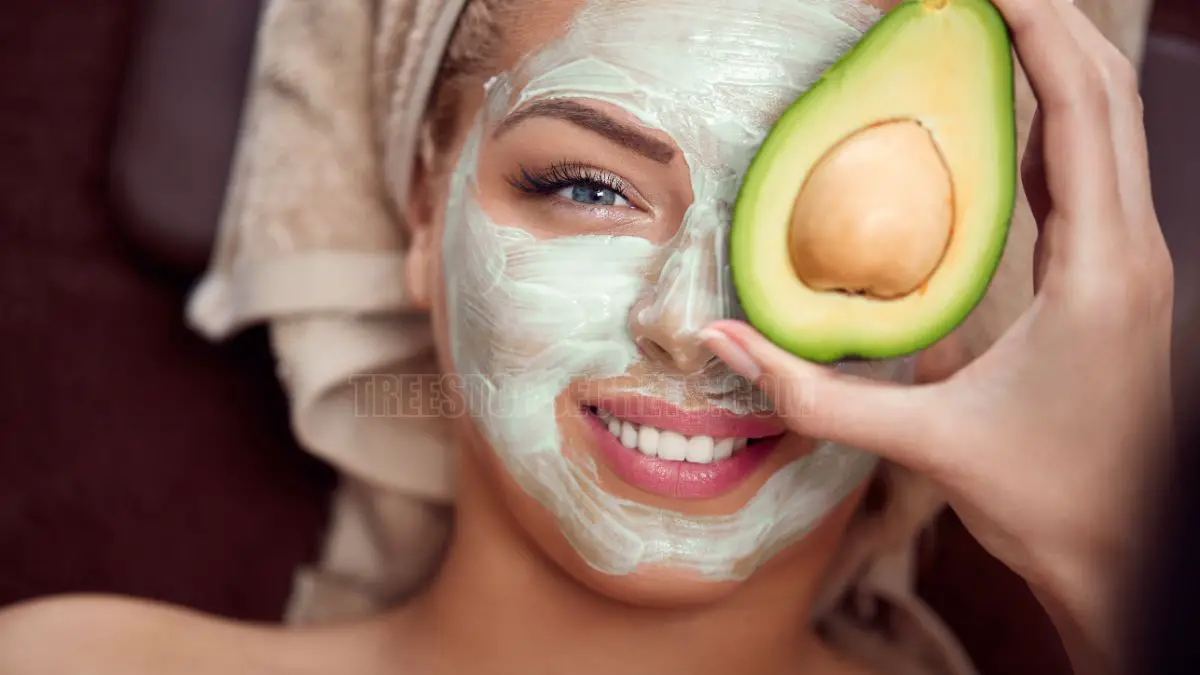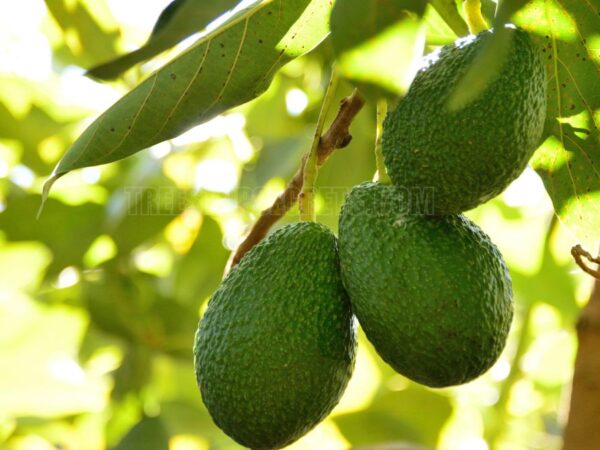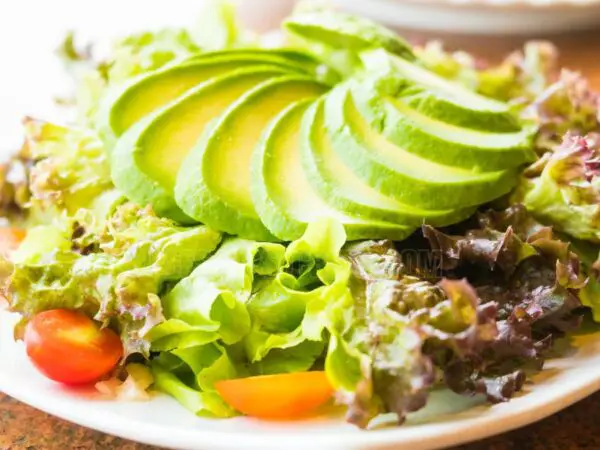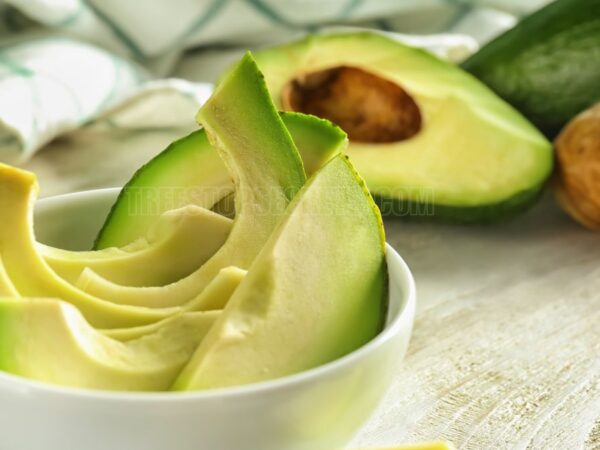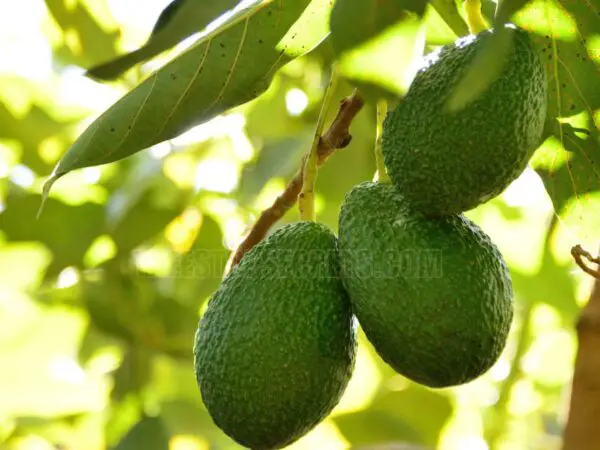Discover the ultimate guide to creating avocado face masks that rejuvenate and nourish your skin naturally. Packed with vitamins and healthy fats, avocado is a skincare powerhouse. This article will show you how to make simple yet effective avocado face masks at home. Whether you're looking to hydrate, soothe, or brighten your complexion, these DIY recipes are perfect for any skin type. Dive into these easy-to-follow instructions and give your skin the pampering it deserves!
Avocado face masks are natural skincare treatments made from ripe avocados, known for their moisturizing and nourishing properties. To create an avocado face mask, simply mash the fruit and mix it with other beneficial ingredients like honey or yogurt. This blend can help hydrate, soothe, and rejuvenate your skin, making it a fantastic choice for a homemade beauty routine.
Ready to transform your skincare routine? Discover the benefits of avocado face masks and learn how to make them easily at home. Our guide offers practical tips and recipes to boost your skin's health and radiance. Don't miss out on these simple, effective DIY treatments—start your journey to glowing skin today!
Why Avocado is a Game-Changer for Your Skin
Avocados aren't just tasty on toast; they're a secret weapon for your skin. Packed with vitamins and nutrients, adding avocados to your skincare routine can yield glowing results. Here's a lowdown on the magic they work on your skin—sharing from personal experience and backed by solid research.
Vitamins and Nutrients: Skin's Best Friends
One thing I love about avocados is how loaded they are with good stuff like vitamins E and C, and healthy fats. These make your skin shine and feel fabulous. Here's the scoop:
| Nutrient | Benefit |
|---|---|
| Vitamin E | Works like a shield, protecting your skin cells from nasties. |
| Vitamin C | Helps in making collagen, keeping your skin stretchy and wrinkle-free. |
| Monounsaturated Fats | Keeps your skin elastic and hydrated, fighting off dryness and flakes. |
Studies back it up too. A solid intake of healthy fats, like those in avocados, is linked to better skin elasticity and fewer wrinkles (Healthline). These nutrients also calm down irritated skin, even out skin tone, and fight inflammation. So, if you struggle with eczema or acne, reaching for an avocado might just be your best bet.
Shielding Your Skin from the Sun
Another thing that makes avocados awesome is their sun-protection game. They’re packed with elements that reduce the harm from sun exposure, cutting down on wrinkles, aging signs, and even the dreaded skin cancer. A 2011 study highlighted how avocados help in this arena (Healthline). The antioxidants in avocados, like lutein and beta-carotene, work overtime to combat sun damage. A simple DIY avocado mask can seriously amp up your skin’s nutrient intake, giving it the TLC it deserves (Health News).
Personal Experience
Believe me, after using avocados in my skincare routine, I’ve noticed softer, more radiant skin. Mashing up an avocado for a face mask not only feels great but also leaves my skin looking fresh and hydrated. I’ve shared this tip with friends, and they’re all loving the transformation too.
Make the Most of Avocado
Ready to give it a try? Whip up an avocado mask at home and let your skin drink up the benefits. Trust me, your skin will thank you! So go ahead, grab an avocado, and let your skin enjoy the feast.
How Avocado Changed My Skin Game
Ever looked at an avocado and thought, "My skin would love that"? Well, let me tell you—it was a game-changer for me. It's not just guac; it's a powerhouse for your skin, too.
Battling Eczema and Acne
Avocados are loaded with healthy fats and vitamins E and C. These goodies are like a spa day for your skin. According to Healthline, these vitamins can help manage skin issues like eczema and acne. The oil from avocados hydrates and evens out your skin, which is a lifesaver for anyone battling dryness or irritation. When I whip up an avocado face mask, my skin feels like it's had a drink. Washing my face with avocado oil has cut down my breakouts thanks to its natural germ-fighting skills. My skin feels clean and super-hydrated afterward.
| Benefit | Skin Boost |
|---|---|
| Packed with Vitamins | Eases chronic skin issues |
| Healthy Fats | Soothes & evens out skin |
| Antimicrobial | Fewer breakouts |
Boosting Elasticity and Zapping Wrinkles
Eating avocados isn’t just tasty; it’s like giving your skin a pep talk. A study from 2010 with over 700 women found that eating good fats, like those in avocados, makes your skin more elastic and less wrinkly (Healthline). Those vitamins and fats make your skin feel firmer and younger. I swear by avocado face masks for keeping my skin deeply hydrated and smooth. Vitamins A and E work their magic, stopping dryness and making my skin look fresher.
| Benefit | Skin Rewards |
|---|---|
| More Elasticity | Firmer skin, fewer wrinkles |
| Deep Hydration | Keeps skin moisturized |
By diving into avocados, I've seen a big boost in my skin's health. My face feels more alive and youthful. Avocados are my secret weapon, whether I’m eating them or slathering them on my face.
Avocado Oil for Skincare
You know what's been a game-changer in my skincare arsenal? Avocado oil. Yep, this green powerhouse isn't just for guac. It’s full of antioxidants, nutrients, and healthy fats that make it a top-notch option for hydrated, glowing skin.
Say Goodbye to Dry Skin
Hydration is the name of the game. When I slather avocado oil on my skin, it’s like giving it a tall glass of water. It penetrates deep, working its magic by locking in moisture. As Perfect Image explains, avocado masks are jam-packed with antioxidants and vitamins like C and E. These heavy hitters don’t just hydrate—they’re like bodyguards for your skin, fighting off nasty free radicals and guarding against oxidative damage.
| Nutrient | How It Helps |
|---|---|
| Omega-9 | Serious hydration |
| Vitamin C | Shields skin |
| Vitamin E | Fights aging |
Together, these nutrients boost skin elasticity and firmness, tackling fine lines and wrinkles like a pro boxer in the ring.
Bye-Bye Breakouts and Inflammation
Avocado oil isn’t just about keeping your skin soft. It’s a secret weapon against redness and inflammation. Thanks to its vitamins and minerals, this oil calms irritated skin and promotes collagen production (hello, youthful glow!) (Healthline). Got breakout-prone skin? The antimicrobial properties in avocado oil might just become your best friend. I’ve noticed a significant drop in the frequency of my breakouts since using it. It keeps my skin moisturized without that greasy I've-just-dipped-my-face-in-oil vibe (Healthline). Plus, avocado masks cleanse impurities from deep within the pores, tackling acne by reducing redness and swelling (Patient.info). Incorporating avocado oil into my routine was an ace move. It gives me hydration, antioxidants, and helps with breakouts—all while keeping things gentle and natural. Give it a whirl and watch your skin thank you.
Homemade Avocado Face Masks That Really Hit the Spot
Got a ripe avocado? Time to turn it into skincare gold! Let's dive into some super easy DIY recipes that will leave your skin glowing and happy.
It's Face Mask Time!
Playing around with different avocado face masks? It's my jam. Here are three that I absolutely swear by:
| Mask Recipe | Ingredients | Why You'll Love It |
|---|---|---|
| Hydrating Avocado Mask | 1 ripe avocado, 2 tablespoons honey | Leaves skin soft and moisturized |
| Exfoliating Avocado Scrub | 1 ripe avocado, 1 tablespoon sugar | Scrubs away dead skin cells |
| Anti-Aging Avocado Mask | 1 ripe avocado, 1 tablespoon olive oil, 1 teaspoon lemon juice | Fights fine lines, boosts skin's elasticity |
Each mask is packed with avocado goodness, rich in vitamins A and E, which dive deep to hydrate your skin and tackle issues like dryness. (They work wonders on my dry patches!) (Patient.info)
How to Get That Glow
Applying these masks? Piece of cake. Here’s how I do it:
- Prep Time: Mash that avocado into a smooth paste. Add the other goodies and mix well. I use a fork—easy peasy.
- Slather It On: Use your fingers or a brush to spread the mask evenly across your face, but steer clear of your eyes.
- Chill Out: Let the mask sit for 15-20 minutes. Let your skin soak up all that avocado magic.
After your mask sesh, rinse your face with lukewarm water and pat dry with a clean towel. I usually do this once or twice a week, depending on how my skin's feeling. You’ll notice the hydrating effects right away—your skin will thank you! (Holland & Barrett) Using avocado face masks is a fantastic way to keep your skin looking fresh and radiant while having fun with something you made yourself. Happy masking!
Customizing Avocado Face Masks
Crafting avocado face masks at home? Yeah, you could say I’ve become a bit obsessed. Mixing in different goodies not only keeps things interesting but also makes the mask way more effective based on what my skin's screaming for.
Mix-Ins for Your Skin Woes
Need some ideas? Here’s what I usually toss in:
| Ingredient | Benefit |
|---|---|
| Honey | Fights acne with its antimicrobial powers and keeps skin hydrated. |
| Greek Yogurt | Natural exfoliator thanks to lactic acid; plus, it's hydrating. |
| Lemon Juice | Brightens up your complexion and fades those pesky dark spots. Just don’t overdo it. |
| Oatmeal | Calms irritated skin and gently exfoliates. |
| Coconut Oil | Provides deep moisture and kicks inflammation to the curb. |
Avocado masks naturally lock in moisture, making skin soft and hydrated. Ingredients like honey and oatmeal boost these perks by adding more hydration and calmness (Health News).
Fabulous Combos for Extra Glow
Finding the right combo can make your face mask game stronger:
| Combo | Why It Rocks |
|---|---|
| Avocado + Honey | Moisturizes deeply and battles zits. |
| Avocado + Greek Yogurt | Nourishes and gently exfoliates, giving a glow. |
| Avocado + Lemon Juice | Brightens up and smooths out texture. |
| Avocado + Oatmeal | Soothes and hydrates, great for sensitive skin. |
| Avocado + Coconut Oil | Super moisturizing, great for battling dryness. |
Avocados pack vitamins E and C, helping reduce inflammation and speed up healing (Perfect Image). Pairing avocado with honey works wonders for acne-prone skin. Experimenting with these masks is half the fun! Customizing them to what your skin needs makes your skincare routine feel less like a chore and more like a treat. Happy masking!
Tips for Using Avocado in Skincare
Using avocado in your skincare routine is a game-changer. Let me share a few tips to get the most out of this green gem.
Testing Skincare Products
Before slathering an avocado mask on your face, always do a patch test. This means applying a tiny amount on your wrist or behind your ear and waiting 24 hours. Trust me, this step is a lifesaver, especially if your skin has a mind of its own, like mine. If your skin stays calm, it's all systems go. If it reacts, you might want to tweak your ingredients.
Picking and Handling Ripe Avocados
The secret to a perfect avocado face mask is picking the right avocado. Here's what you need to know:
| Ripeness Stage | Characteristics | How to Pick |
|---|---|---|
| Unripe | Hard and firm | Let it chill at room temp until it softens up. |
| Ripe | Slightly soft, gives to pressure | Look for a darker color; it should be a little squishy. |
| Overripe | Mushy, brown spots | Nope, this one’s past its prime. |
Always cut your ripe avocados with a clean knife to avoid… well, whatever might be lurking on a dirty one. Scoop out the goodness and mash it up for your mask. Leftovers? Pop them in the fridge, but honestly, fresh is best. Avocado's got some serious street cred in skincare. It can help clear up acne, calm redness, and super-hydrate your skin. Armed with these tips, you’re all set to treat your skin right using avocados.
Final Thoughts
Why Avocado Face Masks Are a Game-Changer for Your Skincare Routine Avocado face masks offer a natural, effective way to enhance your skincare regimen. With their rich nutrients and soothing properties, they address various skin concerns, from dryness to dullness. Incorporating these masks into your routine can lead to healthier, more radiant skin. Try the recipes in this guide to experience the benefits of avocado firsthand and elevate your skincare game with simple, at-home treatments.
FAQs about Avocado Face Masks
Q: What are the benefits of using avocado face masks? A: Avocado face masks provide deep hydration, reduce inflammation, and help soothe irritated skin. They are rich in vitamins E and C, which promote healthy, glowing skin. Q: How often should I use avocado face masks? A: For best results, use an avocado face mask once or twice a week. This frequency helps maintain skin hydration and provides a regular boost of nutrients without overwhelming your skin. Q: Can avocado face masks help with acne? A: Yes, avocado face masks can help with acne by moisturizing the skin and reducing inflammation. However, combining them with other acne-fighting ingredients, like honey or tea tree oil, can enhance their effectiveness. Q: How do I make an avocado face mask at home? A: To make a basic avocado face mask, mash one ripe avocado and mix it with a tablespoon of honey. Apply the mixture to your face, leave it on for 10-15 minutes, then rinse with warm water. Q: Are avocado face masks suitable for all skin types? A: Generally, avocado face masks are suitable for all skin types, including sensitive skin. If you have very oily skin, you might want to mix avocado with ingredients that balance oil production, like lemon juice. Q: How should I store leftover avocado face mask? A: Store any leftover avocado face mask in an airtight container in the refrigerator. It can typically be used within 2-3 days. Be sure to check for any changes in smell or texture before applying it to your skin.
Image Source: Paid image from CANVA

